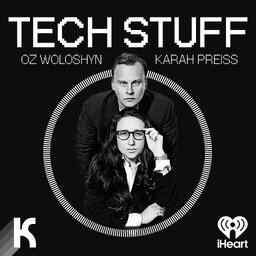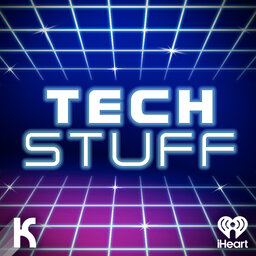TechStuff Classic: The CES Story
It's time for another classic TechStuff episode! In this one, Chris Pollette and Jonathan Strickland give the history of CES and what it's like to attend.
Learn more about your ad-choices at https://www.iheartpodcastnetwork.com
 TechStuff
TechStuff


